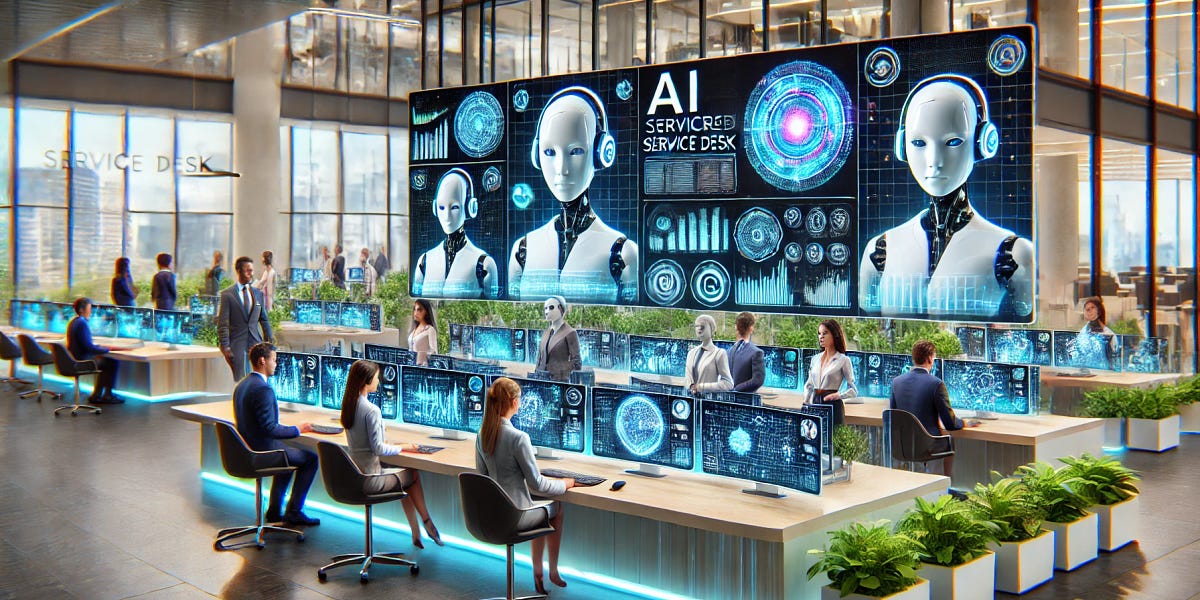Introducing: The Managed-Service-as-Software (M-SaS) Startup

🌈 Abstract
The article discusses the emergence of a new business model called "Managed Services as Software" (M-SaS), where startups provide service-oriented, outcome-driven solutions to their customers using AI agent technology. The article explores how this new paradigm differs from traditional software business models and the potential for startups to build companies based on this model.
🙋 Q&A
[01] On-Premise vs. Cloud Software Business Models
1. What were the key differences between on-premise and cloud software business models?
- On-premise software was sold through Enterprise License Agreements (ELAs) with an attached support contract, where the perpetual license was 90% and the support contract was 10% of the total contract value.
- In the cloud era, software was delivered directly to customers without on-site installation, leading to a fully recurring model where the license and support were combined and charged annually, giving rise to the SaaS model.
2. How did the transition to cloud impact incumbent software companies?
- Many new SaaS companies emerged as incumbents struggled to keep up, often due to the challenges of replatforming to the cloud and their entrenched ways of selling software.
[02] Managed Services as Software (M-SaS)
1. What is the key difference between the M-SaS model and traditional software business models?
- In the M-SaS model, startups focus on delivering value by using the AI they have built themselves, rather than trying to sell AI to customers.
- M-SaS businesses are AI-powered services businesses that start with low (20-30%) gross margins due to high labor costs, but over time drive towards high/SaaS-like (70-80%) gross margins through rigorous operations and automation.
2. What are the key principles for building a successful M-SaS business?
- Labor-first approach: Initially focus on delivering an excellent client experience through a labor-intensive model.
- Build AI tooling and automation: Develop AI tools and automation to make operations and service delivery more efficient.
- Increase GPU utilization: As technology and automation improve, the ratio of labor per client will decrease, allowing for higher margins and better service delivery.
- Operational monitoring: Maintain rigorous operational monitoring to ensure uptime and efficiency.
3. How does the M-SaS model differ from traditional software business models in terms of mindset and execution?
- M-SaS businesses are not just delivering software but a full-fledged service, which requires managing not only engineering, product, sales, and marketing, but also operations.
- The path from 0% to 70% gross margins needs to be closely monitored, requiring a fundamental mindset shift from the typical software business model.
4. What are the potential benefits of the M-SaS model?
- Leveraging the new paradigm of AI and decreasing GPU costs should eventually lead to the creation of more M-SaS driven companies.
- These companies can transform from labor-intensive operations to technology-enhanced services with SaaS-like margins and valuations.